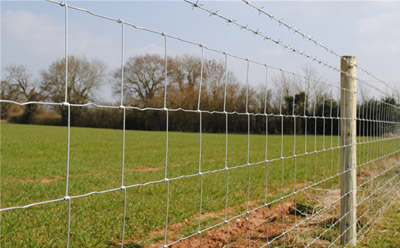razor wire types
Верас . 14, 2024 09:37
Understanding Razor Wire Types A Comprehensive Overview
Razor wire, a form of barbed wire that features sharp edges or blades, is designed to enhance security in various applications. It is widely used in prisons, military facilities, and high-security areas to deter unauthorized access. The effectiveness of razor wire mainly comes from its intimidating appearance and the physical barrier it creates. However, not all razor wire is created equal; understanding the different types available can help in selecting the right option for specific security needs.
1. Concertina Razor Wire
One of the most common types of razor wire is concertina wire. This type consists of a series of razor-sharp blades attached to a coiled wire that can be expanded into a circular or spiral shape. Its design allows for quick and efficient installation, making it suitable for perimeter fencing. The concertina shape not only makes it difficult for intruders to climb over but also creates a psychological barrier, making potential trespassers think twice before attempting to breach the fence.
Straight razor wire is another popular type, characterized by its linear installation. Unlike concertina wire, straight razor wire does not coil but is mounted directly onto fencing or walls. This type is often used in combination with other security measures, like chain-link fences, to enhance effectiveness. While it may not provide the same level of intimidation as concertina wire, it still poses a significant barrier to intruders due to its sharp edges.
razor wire types

3. Barbed Razor Wire
Barbed razor wire combines traditional barbed wire with razor blades, offering a dual-threat approach. This type is particularly effective in areas where security is critical, as it presents both the risk of cuts and the physical barrier of spikes. Barbed razor wire is often used in residential security systems, as well as in commercial and industrial settings.
4. Electric Razor Wire
For enhanced security, electric razor wire systems are also available. These integrate electrical charge with sharp blades, creating an even greater deterrent against intrusion. While effective, they require careful installation and maintenance to ensure safety and compliance with regulations.
In conclusion, the choice of razor wire type depends on the specific security requirements of a facility. Whether opting for concertina wire for its expansive coverage, straight razor wire for direct installation, or electric options for maximum deterrence, understanding the different types available is crucial for enhancing security measures effectively. Ultimately, investing in the right razor wire can significantly reduce the risk of unauthorized access and improve overall safety.




















